This door was in an AirBNB that I recently booked in Mexico City. At this point it’s kind of hard to actually leave me wordless, but this one was a real shocker.
Note: If you have any photos and/or a hardware set for this application, I’d love to do a post about the right way to specify the hardware!
The door leading to the third floor apartment is the open door next to the coat hooks. There was actually a 4th floor apartment that was also accessed from this vestibule. The door on the left side of the photo is the Wordless Wednesday door.
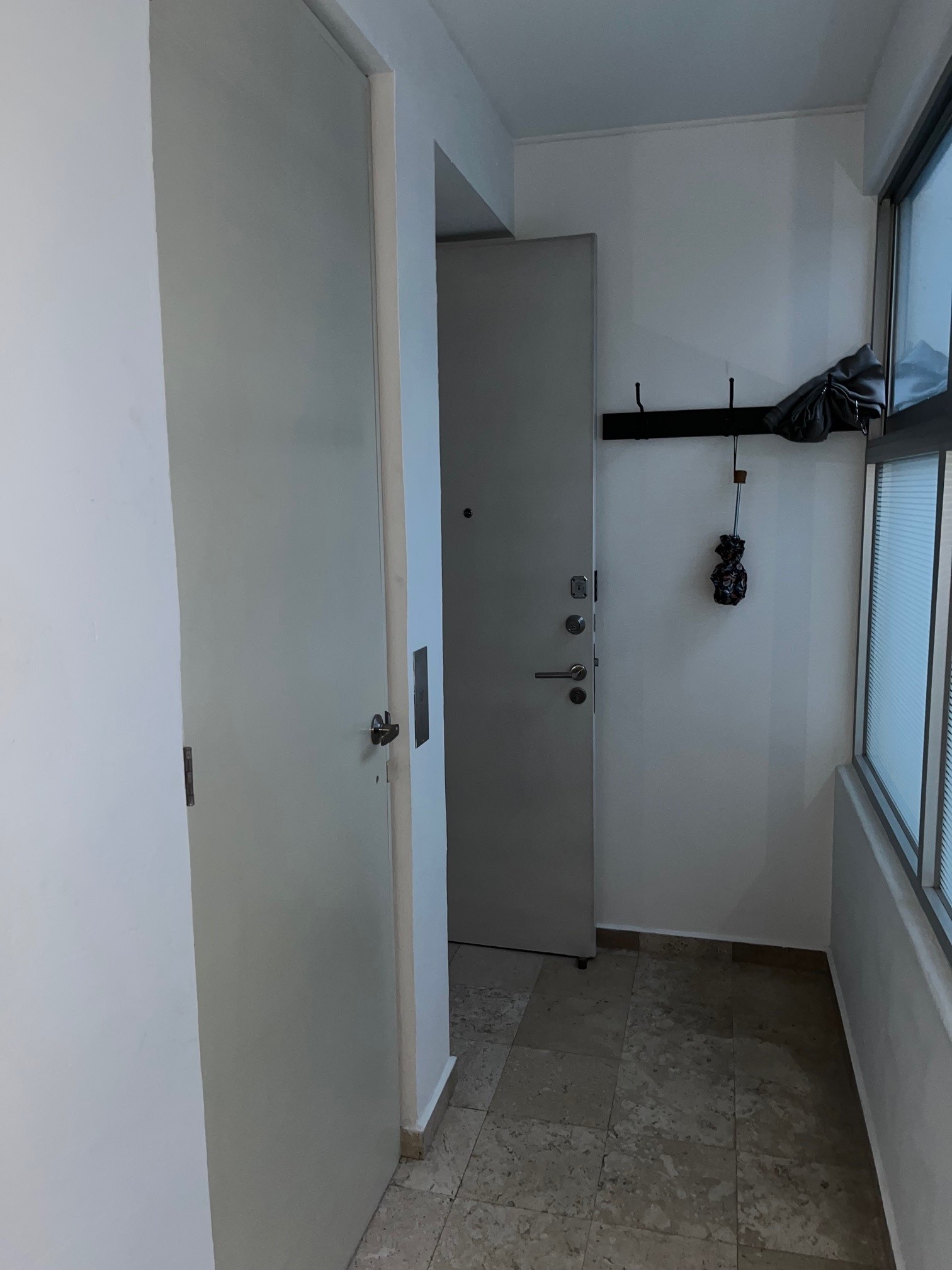
This is the only clue that this door does not lead to a closet. Luckily, I’m pretty good at door-related clues.
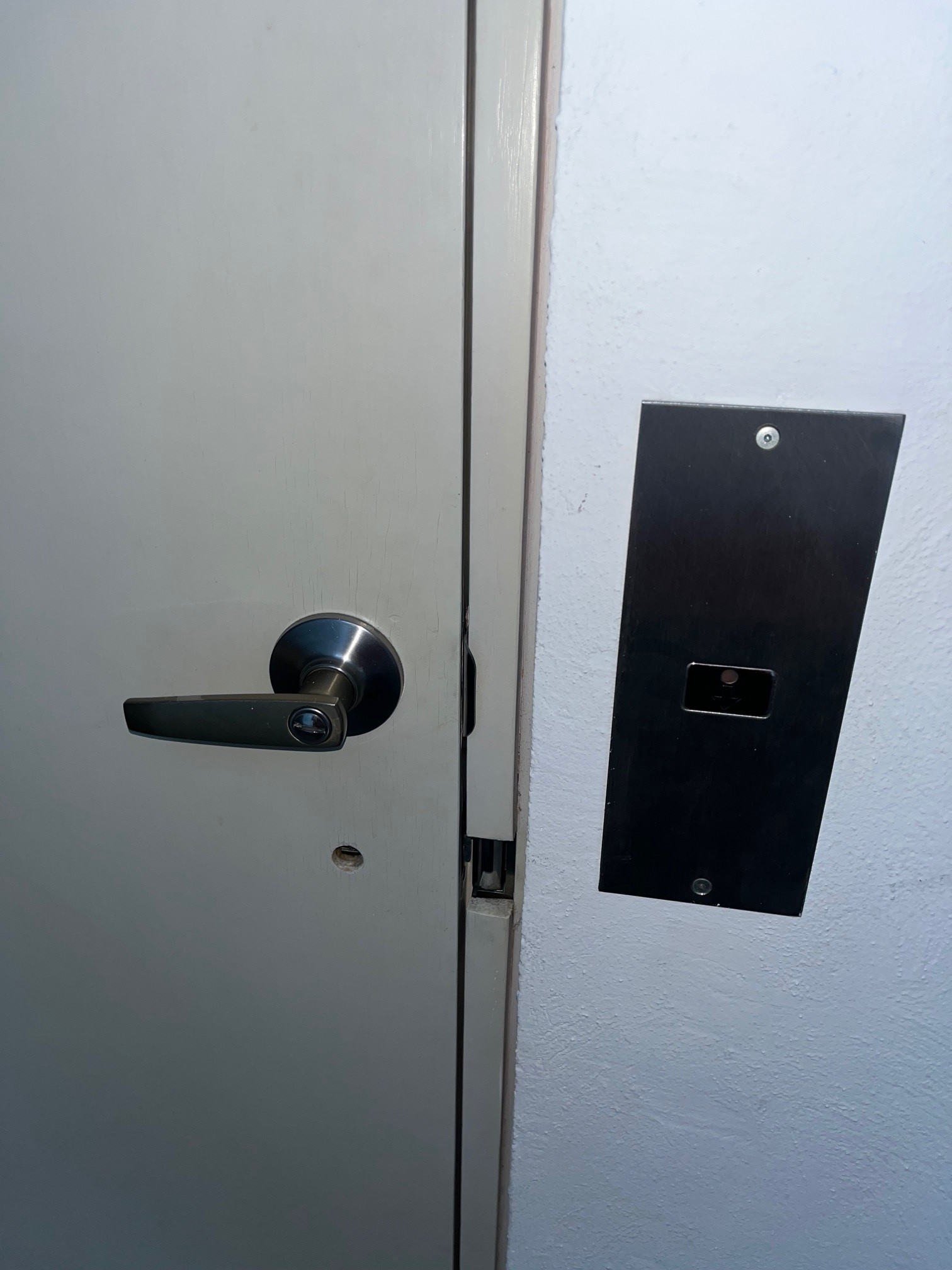
The door was not locked, so when I opened it, here’s what I saw.
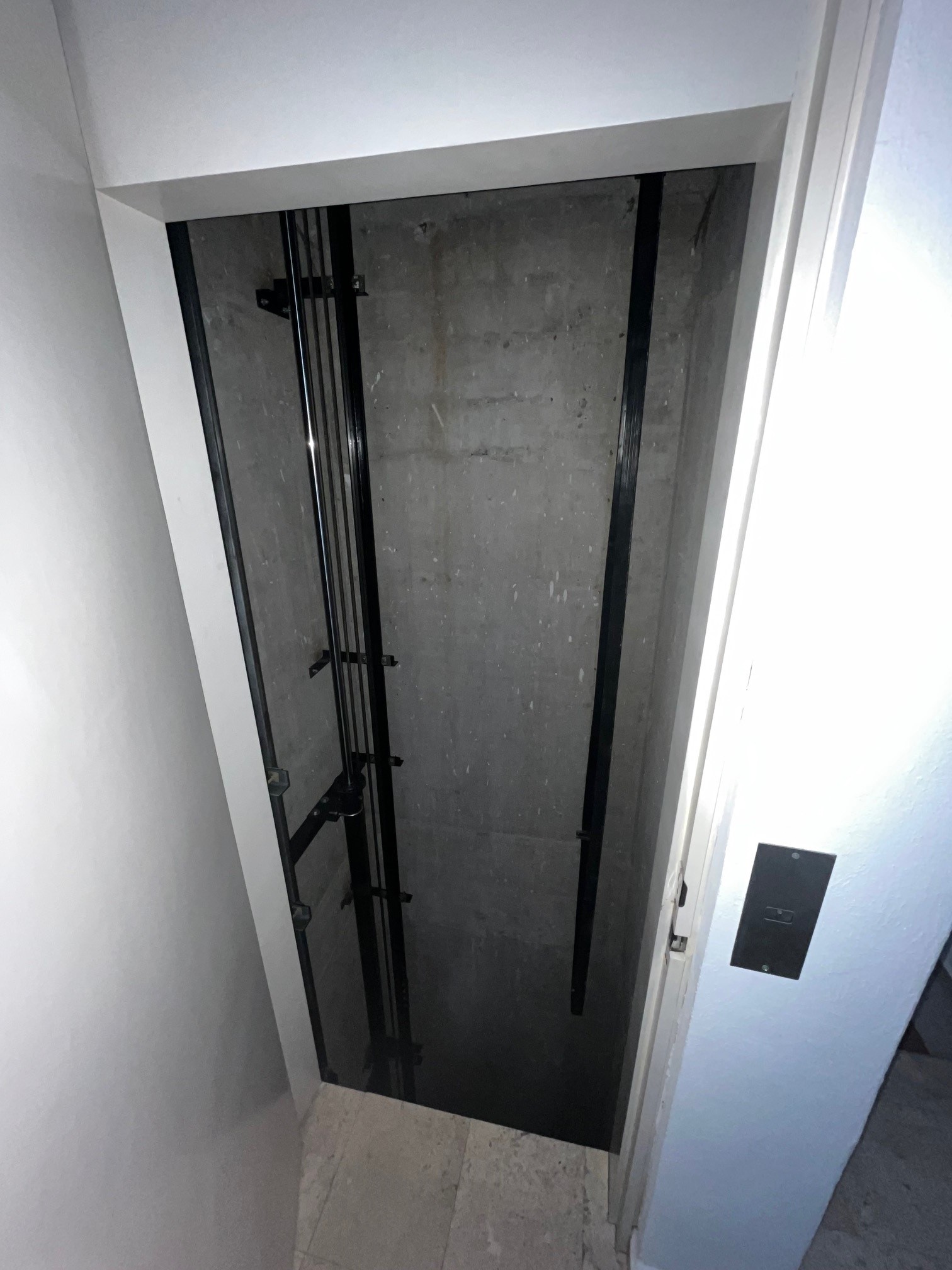
Yes, it’s an elevator shaft. In addition to the safety risk, it wasn’t a fire door and did not have a door closer. Luckily, we didn’t have any kids with us, but AAAAAAAHHHHH!!! Any AirBNB guest could end up taking a quick trip to the ground level!
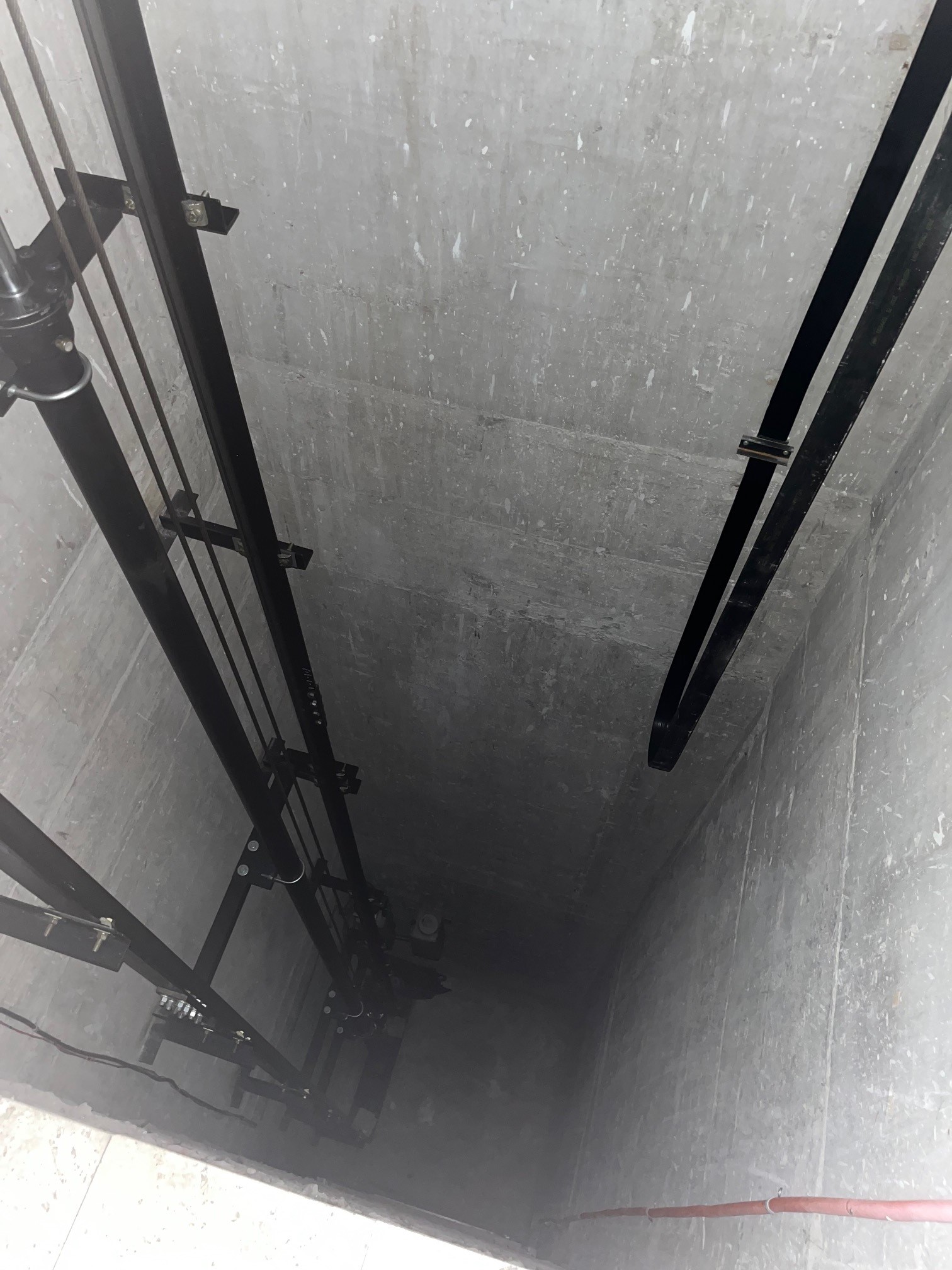
You need to login or register to bookmark/favorite this content.



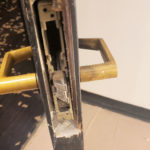
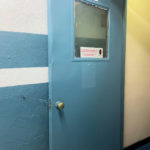

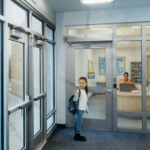

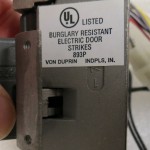
Is that an electric strike, on elevator door frame?
I would normally specify an electric strike that interfaces with the lift, so you can’t open the door from the outside unless the lift is at the correct floor level. The frame had a prep for something – maybe an electric strike – and there was an extra latch on the door, but the frame portion was not there.
– Lori
OMG. Someone is begging for legal trouble. I’ve seen quite a few pics on this site over the years but this one genuinely scared me.
It scared me too!
– Lori
This condition really makes you appreciate the regulations and enforcement in this the US. Makes you think life is cheap in Mexico. Not even a warning sign, hard to believe.
I know – I point this stuff out to my kids all the time! It’s amazing the difference between the US and most other countries I’ve visited.
– Lori
Confusion level: INSANE
The LOP (“Landing Operating Panel”) aka “call button” was a clue, but also one that’s easy to overlook on a door that has regular door hardware…
The elevator code has the requirements for emergency access doors to blind hoistways.
It shall be self-closing and self-locking and shall be marked, in letters not less than 50 mm (2 in.) high, “DANGER, ELEVATOR HOISTWAY.”
It shall be provided with an electric contact that will prevent the operation of the driving machine unless the door is closed.
It shall be unlocked from the landing side only through the use of a cylinder-type lock, having not less than five pins or five discs. The cylinder lock shall (1) not be unlocked by any key that will open any other lock or device used for any purpose in the building (2) be so designed that the key shall be removable only in the locked position
It shall be openable from the hoistway side without the use of a key.
The key shall be of Group 1 Security (see Section 8.1). This key shall also be made available to emergency personnel during an emergency.
A hinged self-closing barrier independent of the door shall be installed horizontally across the entrance on the hoistway side at a height of 1 070 mm (42 in.). The barrier shall not open into the hoistway.
Thanks Henrique!
– Lori
That is crazy!
I agree, Brian! 🙂
– Lori